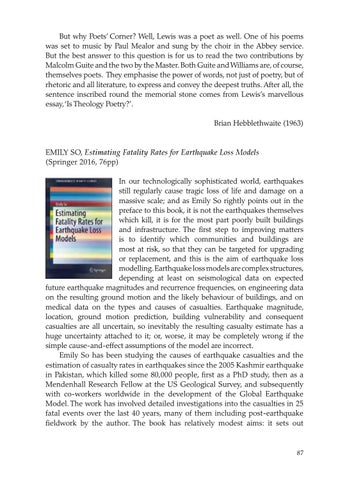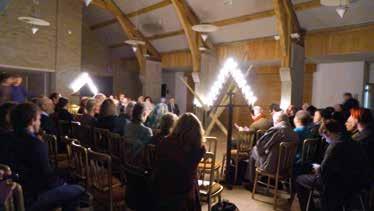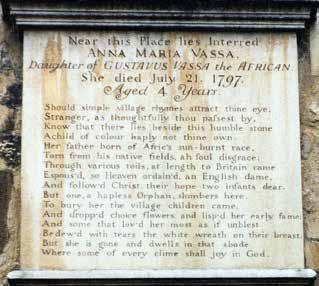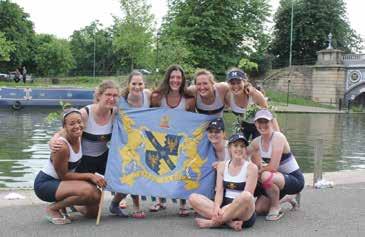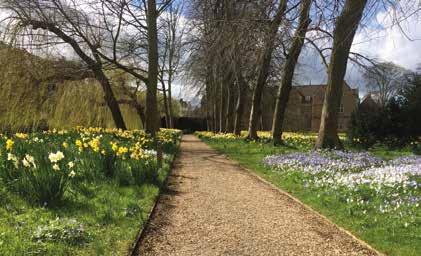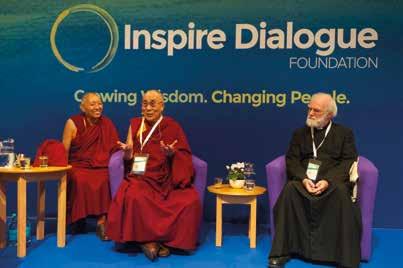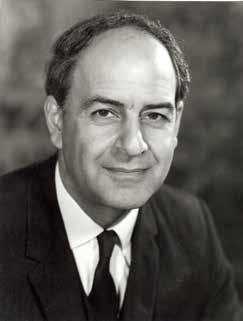But why Poets’ Corner? Well, Lewis was a poet as well. One of his poems was set to music by Paul Mealor and sung by the choir in the Abbey service. But the best answer to this question is for us to read the two contributions by Malcolm Guite and the two by the Master. Both Guite and Williams are, of course, themselves poets. They emphasise the power of words, not just of poetry, but of rhetoric and all literature, to express and convey the deepest truths. After all, the sentence inscribed round the memorial stone comes from Lewis’s marvellous essay, ‘Is Theology Poetry?’. Brian Hebblethwaite (1963)
EMILY SO, Estimating Fatality Rates for Earthquake Loss Models (Springer 2016, 76pp) In our technologically sophisticated world, earthquakes still regularly cause tragic loss of life and damage on a massive scale; and as Emily So rightly points out in the preface to this book, it is not the earthquakes themselves which kill, it is for the most part poorly built buildings and infrastructure. The first step to improving matters is to identify which communities and buildings are most at risk, so that they can be targeted for upgrading or replacement, and this is the aim of earthquake loss modelling. Earthquake loss models are complex structures, depending at least on seismological data on expected future earthquake magnitudes and recurrence frequencies, on engineering data on the resulting ground motion and the likely behaviour of buildings, and on medical data on the types and causes of casualties. Earthquake magnitude, location, ground motion prediction, building vulnerability and consequent casualties are all uncertain, so inevitably the resulting casualty estimate has a huge uncertainty attached to it; or, worse, it may be completely wrong if the simple cause-and-effect assumptions of the model are incorrect. Emily So has been studying the causes of earthquake casualties and the estimation of casualty rates in earthquakes since the 2005 Kashmir earthquake in Pakistan, which killed some 80,000 people, first as a PhD study, then as a Mendenhall Research Fellow at the US Geological Survey, and subsequently with co-workers worldwide in the development of the Global Earthquake Model. The work has involved detailed investigations into the casualties in 25 fatal events over the last 40 years, many of them including post-earthquake fieldwork by the author. The book has relatively modest aims: it sets out
87
